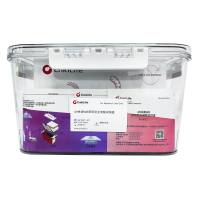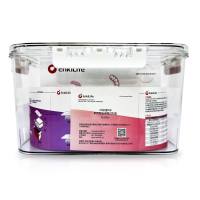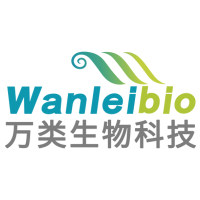Western Blot Protocols
互联网
| Western Blot Materials | |
|---|---|
|
Semi-dry Transfer Apparatus |
Biorad, Cat# 170-3940, or equivalent |
| Power Supply | 0 - 100 VDC (adj. current to 1 Amp) |
|
Immobilon-P transfer membrane |
0.45 µm pore size; cut to same size as gel (Millipore, Cat# IPVH304-FO, or equivalent) |
| Filter Paper | Whatman 3MM or equivalent, cut to same size as gel |
| Wetting Solution | 100% Methanol |
| Anode Buffer I | 300 mM Tris, 20% methanol, pH 10.4 |
| Anode Buffer II | 25 mM Tris, 20% methanol, pH 10.4 |
| Cathode Buffer | 25 mM Tris, 20% methanol, 40 mM 6-aminohexanoic acid, pH not adjusted |
| Additional Tools | Forceps, clean plastic test tube, gloves, razor blade |
Some antibodies require different Western blotting conditions, please see the package insert for specific conditions.
This western blotting protocol is intended to provide additional detail for the use of R&D Systems antibodies in western blotting. Please consult the product insert for the appropriate concentration of primary antibody and the composition of Wash Buffer, Blocking Solution, and Blotting Buffer.
To prepare total cell lysates, add enough PBS to cell pellet to make the final concentration 3 x 106 cells/ml. This is a convenient cell density for many cell lines, but adjustments may be necessary for cell types that differ substantially in size and protein content. Prepare cell extracts in appropriate non-reducing or reducing sample buffer as indicated on the product insert. In some cases reducing agents can destroy the epitope that is recognized by a monoclonal detection antibody. Mix cell suspension with an equal volume of non-reducing 2X SDS gel sample buffer (6% SDS, 0.25 M Tris, pH 6.8, 10% glycerol, and bromophenyl blue) or reducing 2X SDS gel sample buffer (non-reducing buffer plus 20 mM dithithreitol). Sonicate cells to fragment DNA using 8-10 bursts of 2-3 seconds each.








